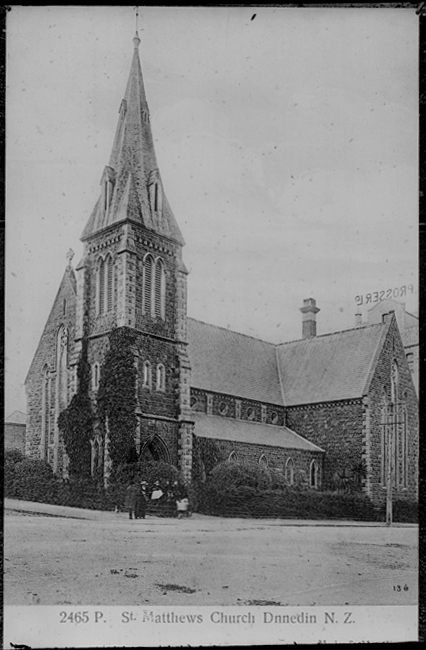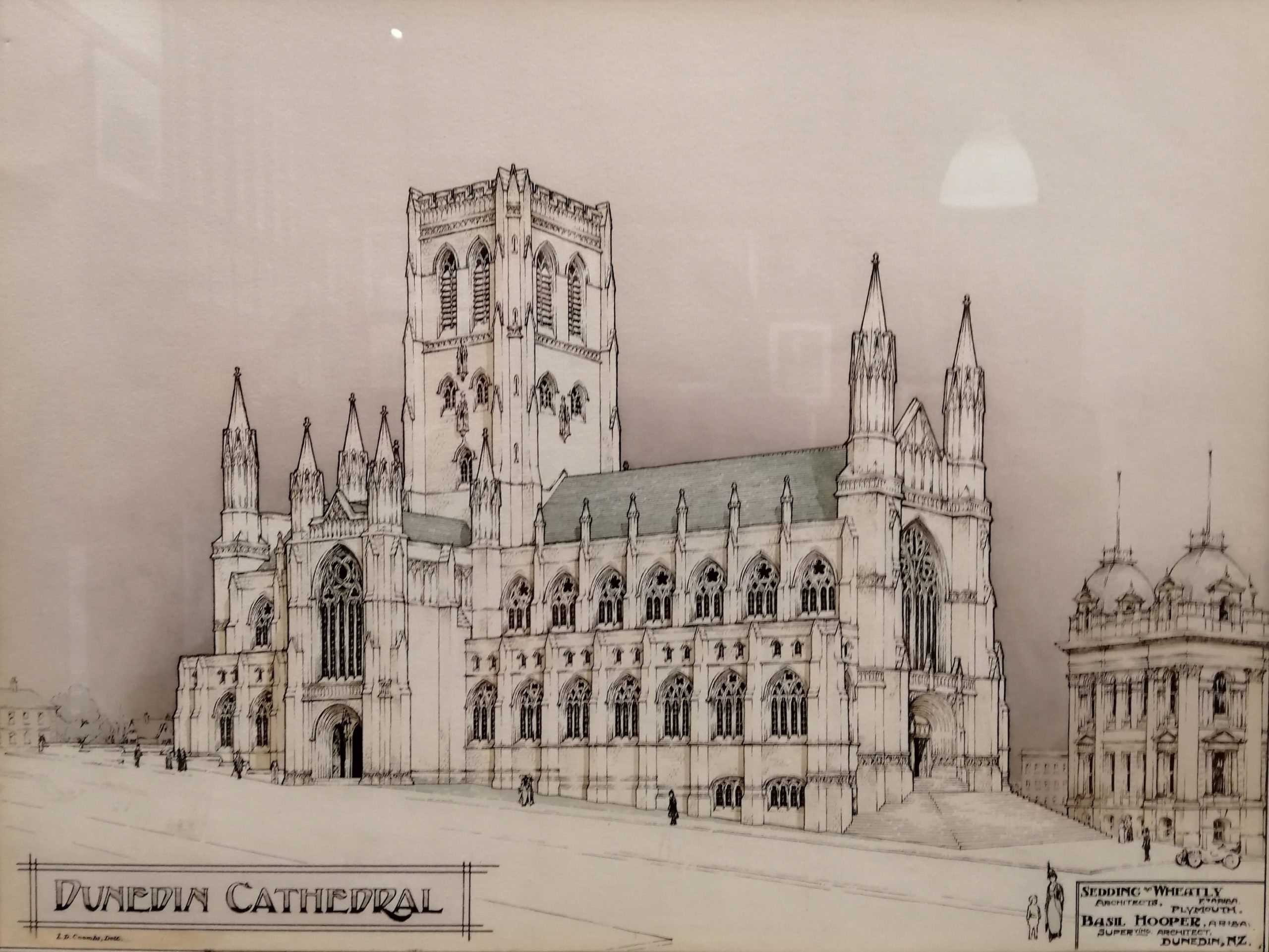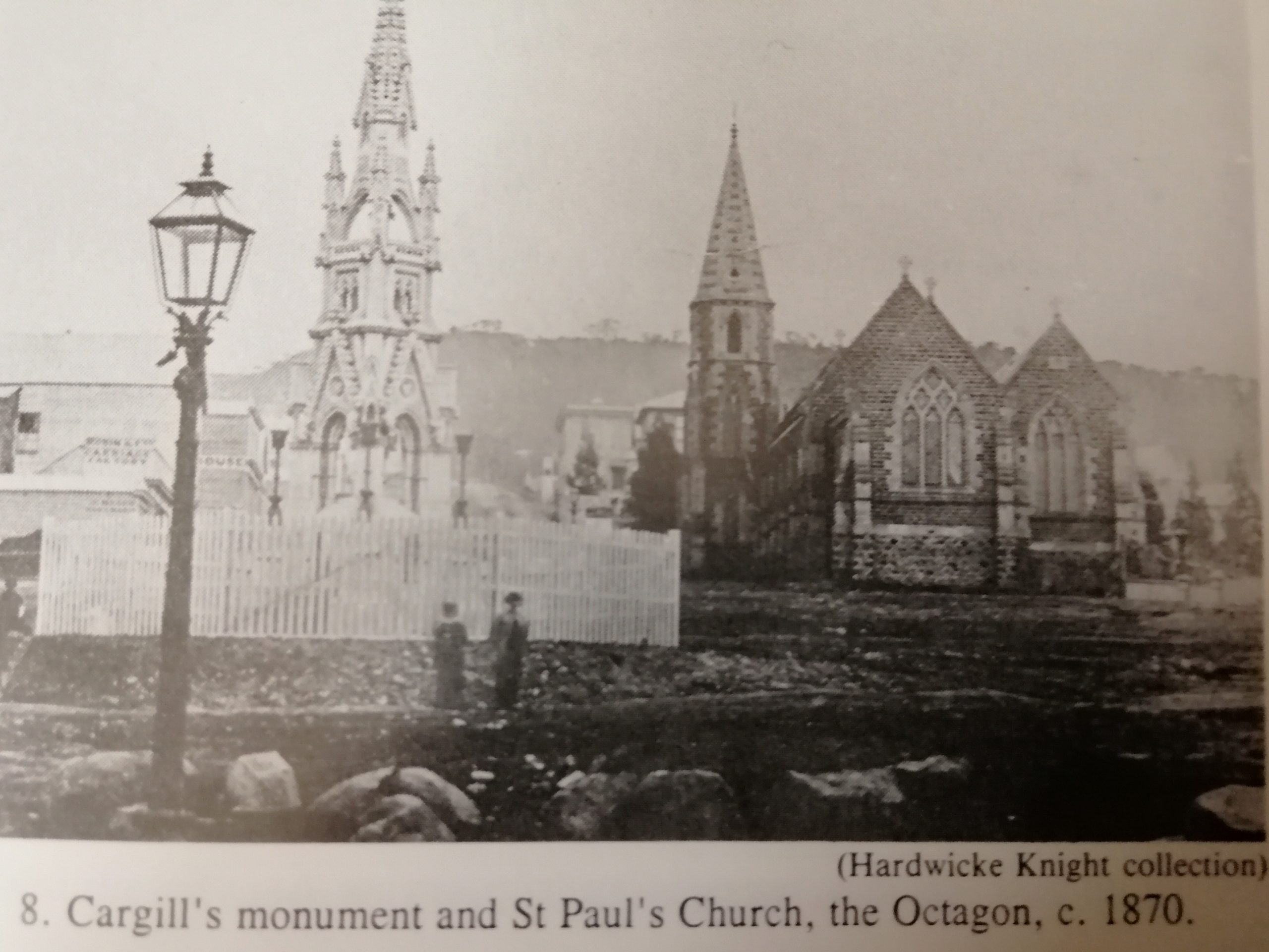Property Matters
Diocesan Property Processes
(Statute 3)

Our processes of dealing with any property matters are in Statute 3. This includes limitations on management powers (sections 45 to 50) i.e. that Parishes can’t sell, lease, alter and so on any property without going through the processes outlined in the Fourth Schedule of this statute. The limitations on management powers also have a definition of what constitutes a “significant” financial commitment, especially in relation to the total finances of the Parish or Local Church and it’s potential impact on its ministry.
Read More...
Statute 3 Schedule 4 gives more detailed information about how to apply for a faculty or the process that any faith community needs to go through when considering any significant property matter.
Property issues that fall under this Statute need to be taken to the Diocesan Council before any Vestry or Committee commits to any significant expenditure. Clauses 45-50 (page 14-16) outlines limitations on management powers for any church officers.
We also have a Property Flowchart to help summarise some of these processes.
For Property Commissions that may be called as part of Statute 3, we have a Property Commission report template with explanatory notes (Word version is available in the Forms area of the website or by contacting the Registrar)
In short:
- Statute 3 is our main regulation that covers property
- The Diocesan Council and the Dunedin Diocesan Trust Board provide governance around property matters
- See Flowchart of Statute 3 clauses 45 to 49 and the Fourth Schedule Part II
- Property Commission report template with explanatory notes (contact the Registrar for Word version)
- Terrier (Church Property Register) Template – a useful document for taking an inventory.
Dealing with Buildings
For many parishes, there are concerns about the safety and stability of buildings, especially if they are built of brick/stone/masonry and they may not be fully up to code. Throughout the Diocese local authorities are taking a varied approach to these – some Parishes have had to undertake engineering assessments and there are different time frames in place for completing this and any remedial work.
We recommend that if faith communities have any particular concerns about their buildings that they get a qualified engineer to complete an assessment. The Diocesan Health and Safety area on the website is also worth reviewing – Wardens and Vestries should be carrying out risk assessments for any areas that are being used and ensuring that users of buildings are aware of emergency procedures.
Keeping an eye on church buildings? Have a look at a church maintenance seminar presentation from 3 April 2024.
Andrew Barsby from Origin Heritage ran a seminar focusing on maintaining church buildings with an emphasis on regular inspections to prevent small issues becoming expensive problems. One of the biggest enemies is water…
See also https://hail.to/diocese-of-dunedin/article/VCrIjr7…for more infomratino and contacts.



Resources for Supporting Historic Buildings

Heritage New Zealand Pouhere Taonga Sustainable Management Guides
Heritage New Zealand have guidelines that are useful for any faith communities who are looking at how they can improve historic buildings that they look after.
The full set of HNZPT Sustainable Management Guides are available to download from the HNZTP website at the following link:
Information sheets that will be most relevant to parishes in their care and management of heritage properties are listed in the Resources section.
Other useful Heritage New Zealand Pouhere Taonga guidance:
Fire Safety and Heritage Places (pdf 1.7mb)
Providing for Physical Access to Heritage Places (pdf, 6mb).
Heritage New Zealand can assist in providing information on conservation plans and funding opportunities and can also provide general conservation advice.
Guidance on Archaeology
Please refer to the brochure on protecting and managing archaeological sites. Archaeological sites are protected under the Heritage New Zealand Pouhere Taonga Act 2014. If you require further information about archaeological sites the archaeologist at Heritage New Zealand Pouhere Taonga’s regional offices will be able to assist. Further information on statutory archaeological requirements and processes can be found at the following link:
http://www.heritage.org.nz/protecting-heritage/archaeology
ICOMOS Charter
The ICOMOS New Zealand Charter for the Conservation of Places of Cultural Heritage Value (ICOMOS New Zealand Charter 2010) provides a helpful overview of heritage principles. The Charter sets out the purpose, principles, practice, and processes of heritage conservation and has been widely adopted by local authorities, heritage specialists and heritage agencies including Heritage New Zealand Pouhere Taonga and other Government agencies.
Potential Options for Buildings (re-use etc) and funding
The following websites can be of help in looking at what to do/how to fund
- Heritage NZ website: http://www.heritage.org.nz/ See: https://www.heritage.org.nz/resources/funding/funding-for-heritage
- The Ministry for Culture and Heritage has a link to Heritage EQUIP as well as other options through the ‘Funding NZ Culture’ tab: https://mch.govt.nz/funding-nz-culture/heritageequip
- From Creative New Zealand – and through this website there is the link to the Ministry for Business Innovation and Employment (MBIE): http://www.creativenz.govt.nz/find-funding/other-sources-of-funding
- The Creative New Zealand site also references the NZ Community Trust site – the link is attached for information: http://www.nzct.org.nz/
Heritage NZ Resources – PLease Note, Historic NZ have a new website and these resources may not be available here. Contact them to request any of these resources
Information sheet 1: Principles for assessing appropriate or inappropriate subdivision, use and development on historic heritage values
This sets out general principles that should be used to guide any assessment of subdivision, use and development.
Information sheet 2: Assessment criteria to assist in the identification of historic heritage
This sets out the assessment criteria to be considered when assessing the historical or cultural heritage significance of a place.
Information sheet 9: Preparing a heritage impact assessment
All consent applications under the Resource Management Act require an assessment of environmental effects in accordance with Schedule 4. With regards to historic heritage, a heritage impact assessment (HIA) will often be required.
Information sheet 11: Repairs and maintenance of historic heritage
Information sheet 12:Alterations and additions to historic buildings
Information sheet 13: Relocation of historic buildings
Information sheet 14: Partial demolition of historic buildings
Information sheet 15: Demolition of historic buildings
Information sheet 16: Assessing impacts on surroundings associated with historic heritage
This covers the importance of considering the surroundings associated with a historic place which is essential for retaining and interpreting its heritage significance.
Information sheet 17: Assessing impacts on historic areas
Demolition, relocation, or inappropriate additions can undermine the collective integrity of historic areas and landscapes.
Information sheet 18: Assessing impacts on places and areas of significance to Maori
The protection of places and areas of significance to Maori, including wahi tapu, is a matter of national importance. The principles of the Treaty of Waitangi will be relevant with regard to sites of significance to Maori and wahi tapu.
Information sheet 20: Assessing impacts of subdivision on historic heritage
Subdivision should be designed to protect any historic place, historic area, historic and archaeological site, and place and area of significance to Maori
Local Authorities
Local Authorities have different resources and information for people dealing with historic buildings. Here are some that we know about:
- Queenstown Lakes District Council Heritage Webpage – with links to Heritage Incentive Grant for professional advice, consents and heritage maintenance
- Southland District Council – application form for Southland Heritage Fund
- Gore District Council Heritage Web page – no information about any funding or support available.
- Invercargill City Council Heritage Web page – with links to available heritage funding grants
- Central Otago District Council Heritage Web page
- Dunedin City Council Heritage Web page – with links to how they can help owners of heritage buildings (support, advice, incentives)
- Waitaki District Council Heritage Fund web page
